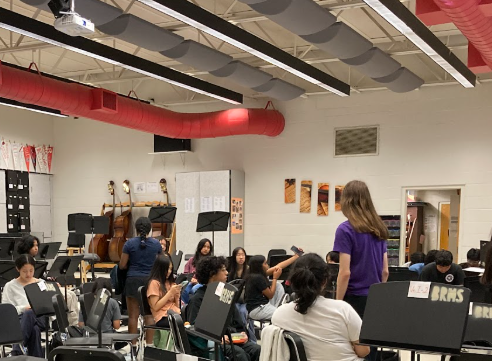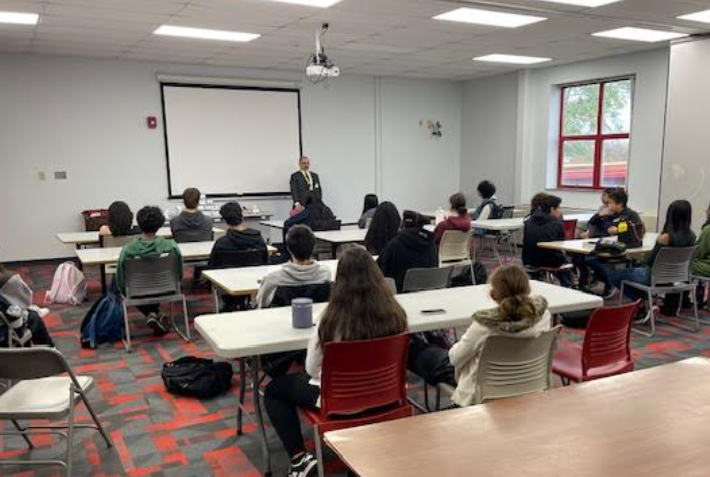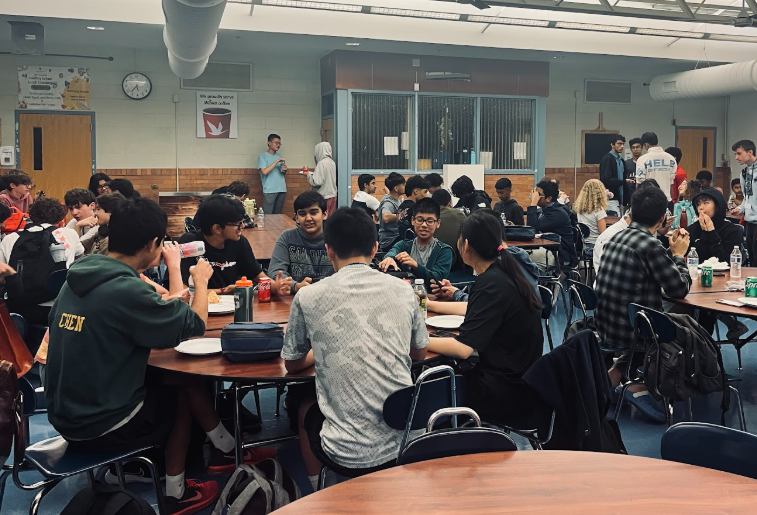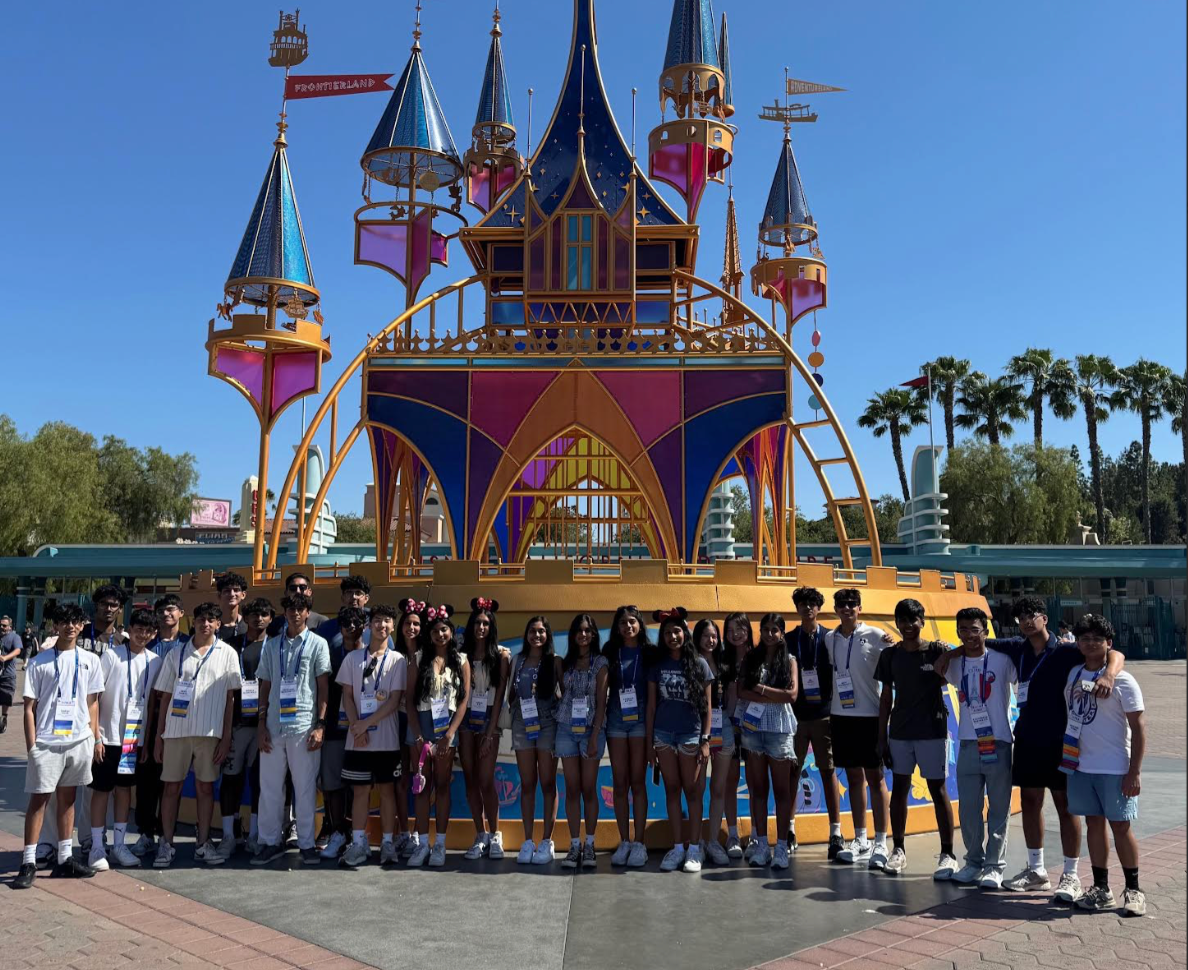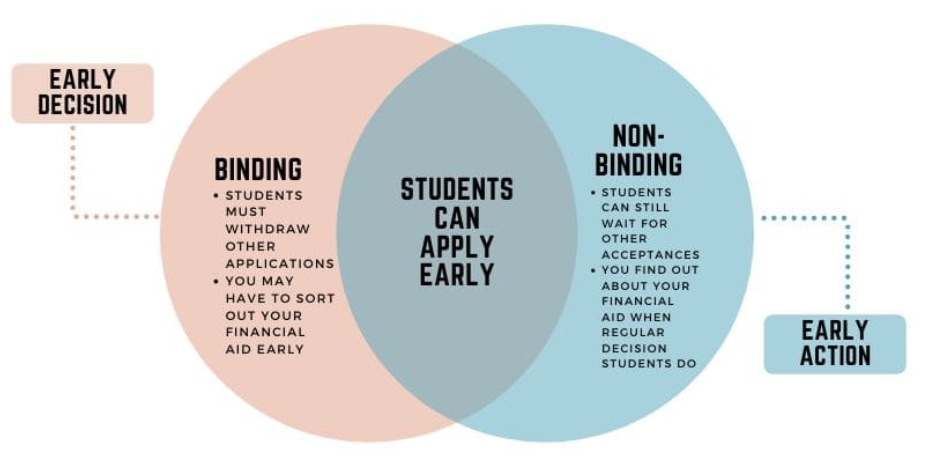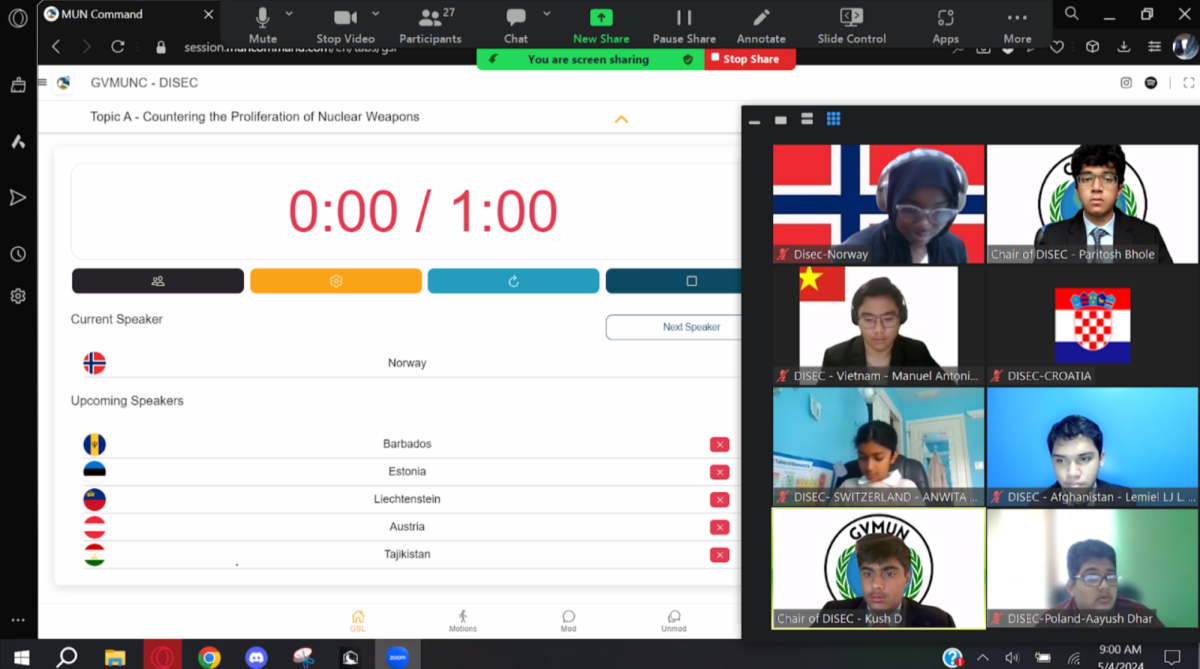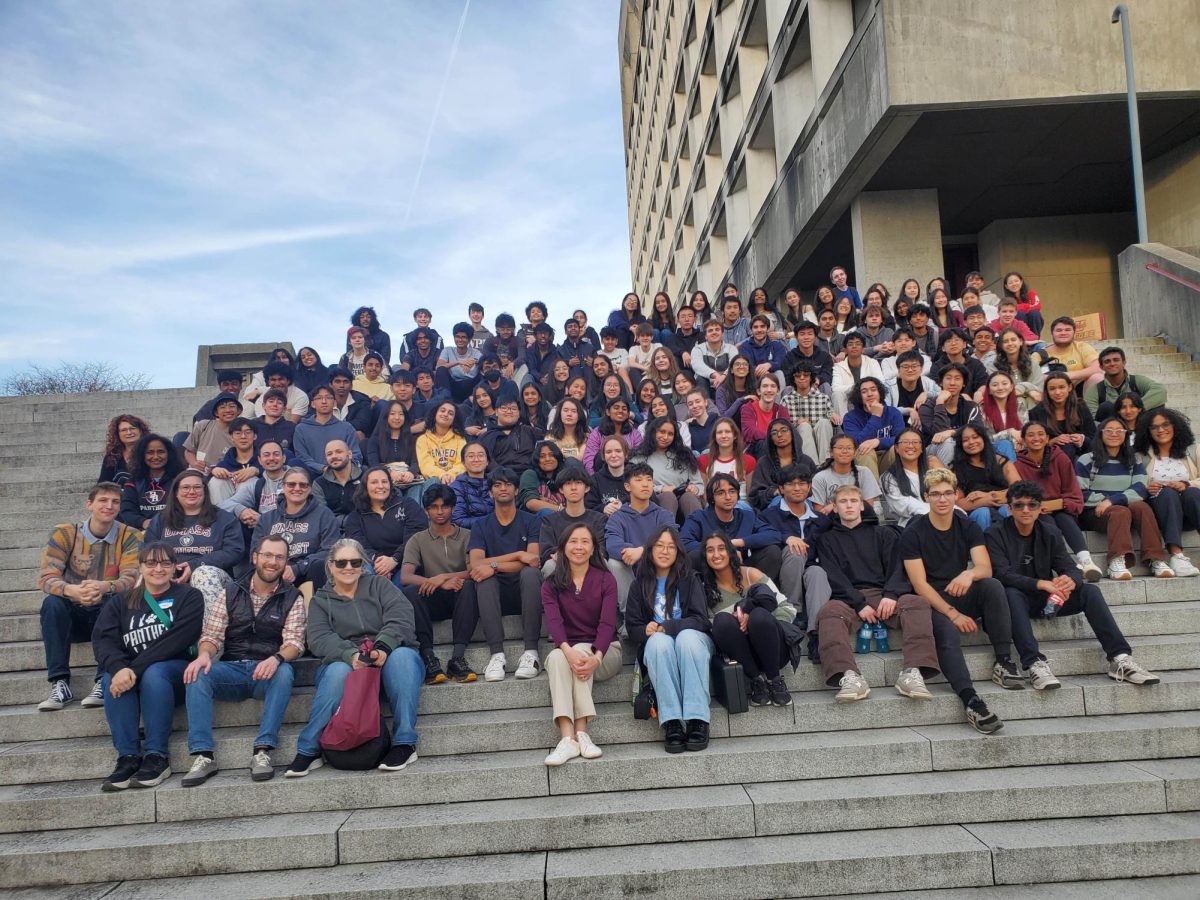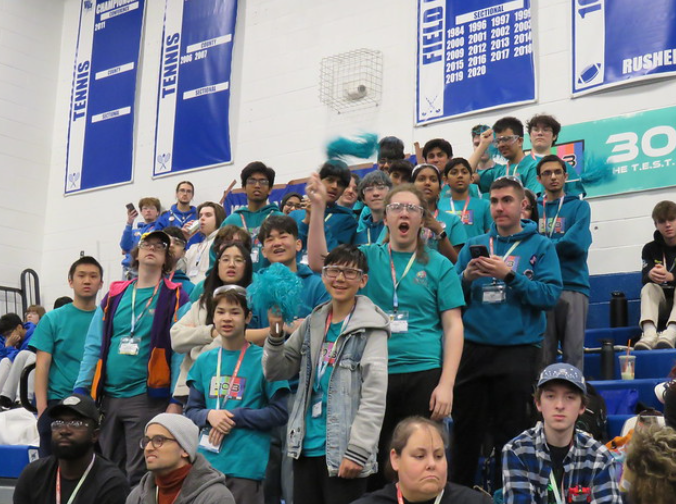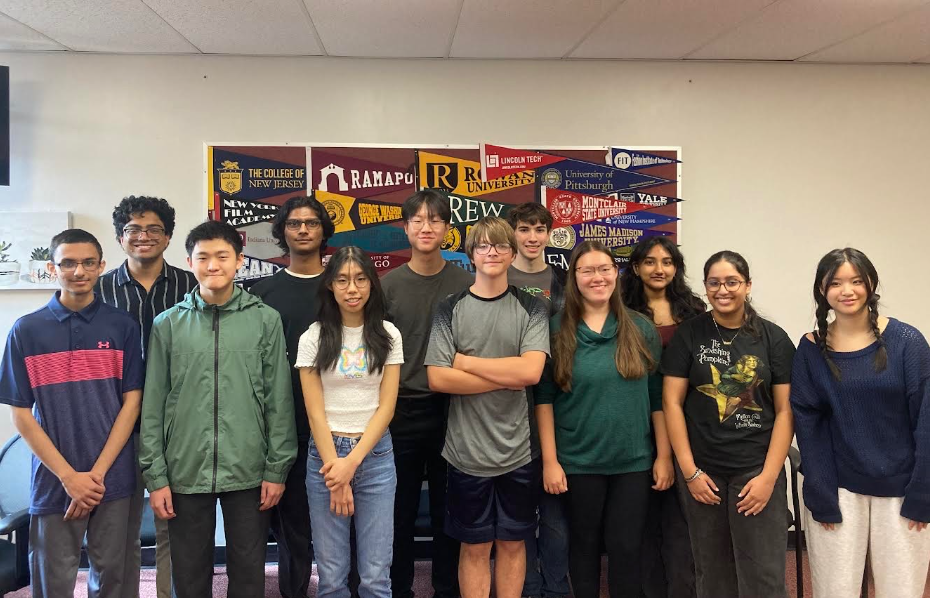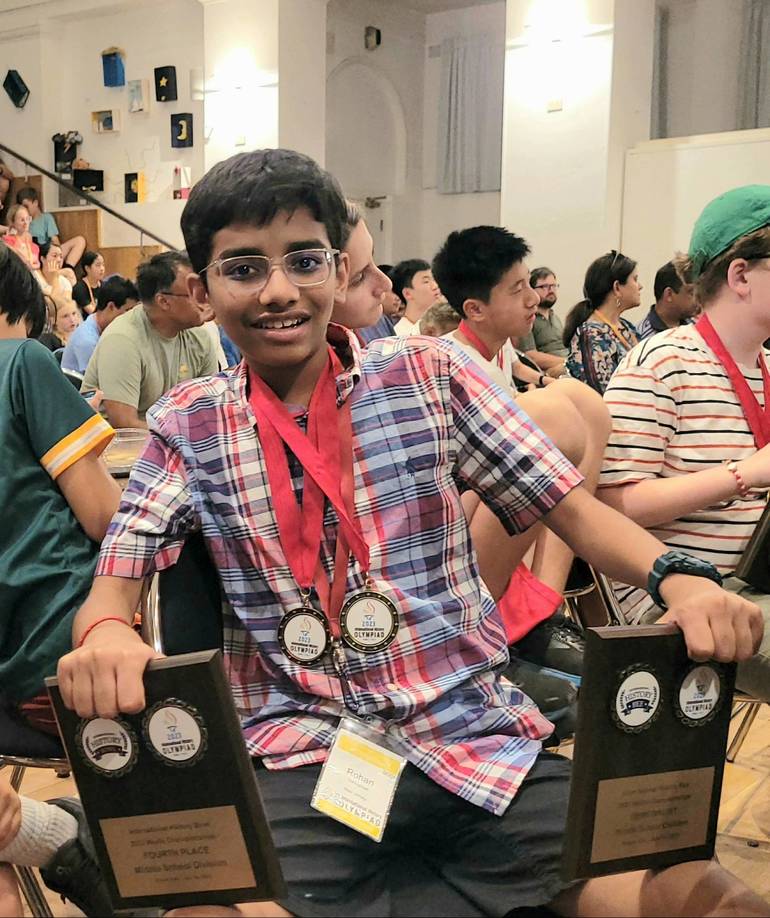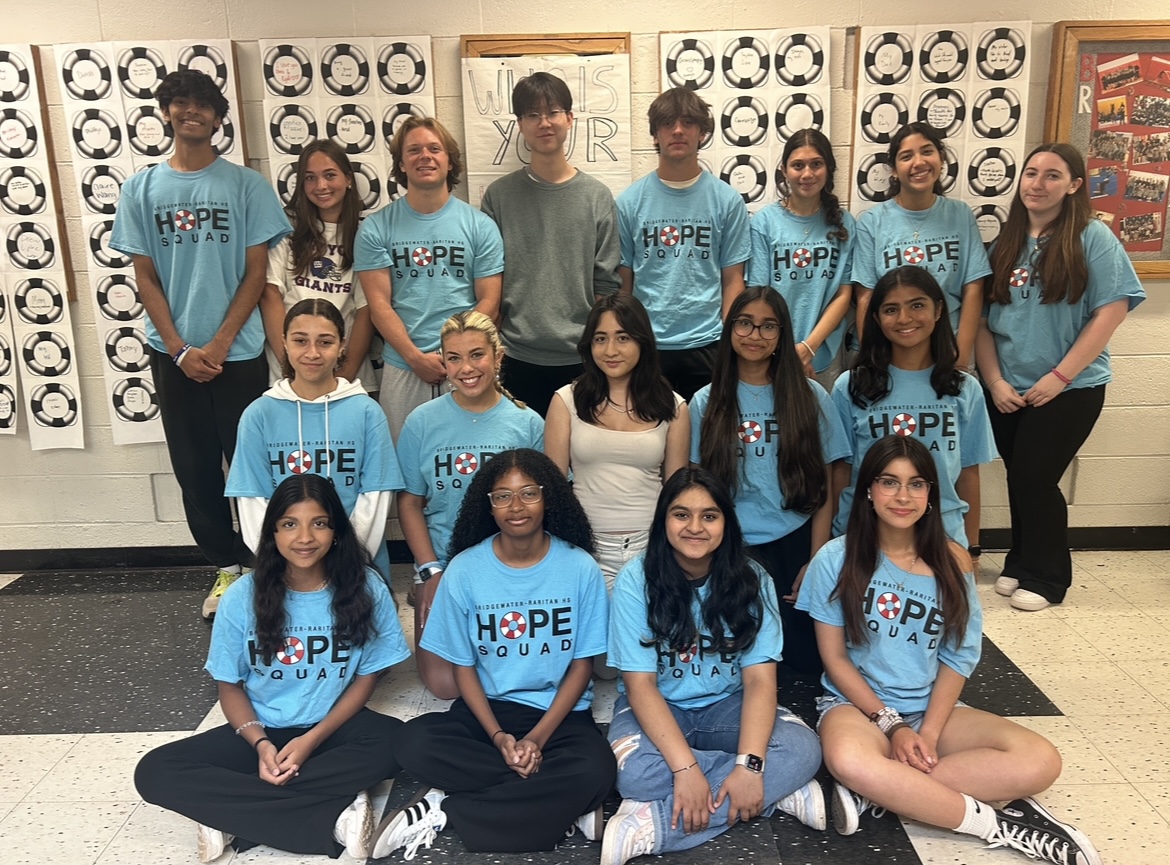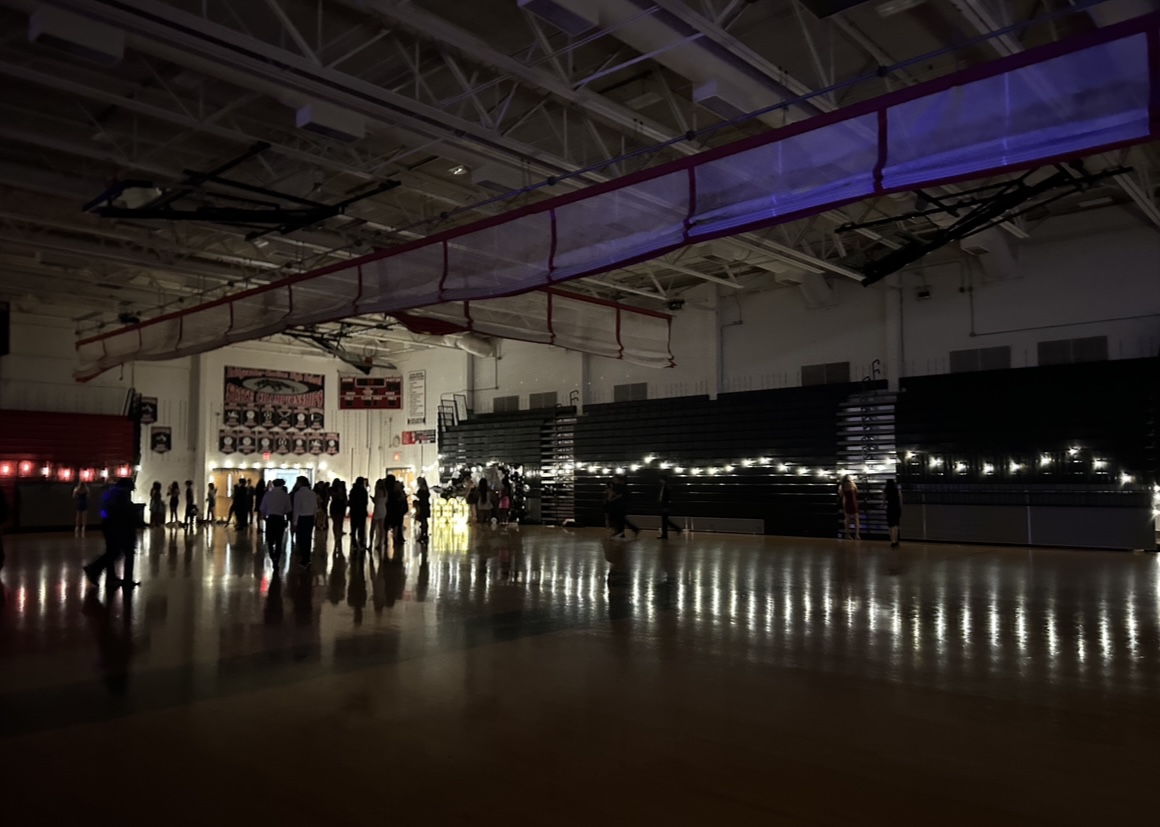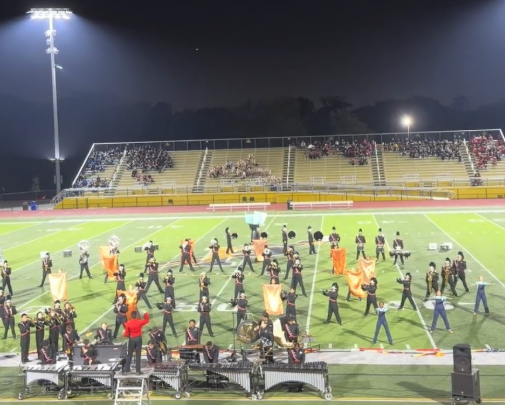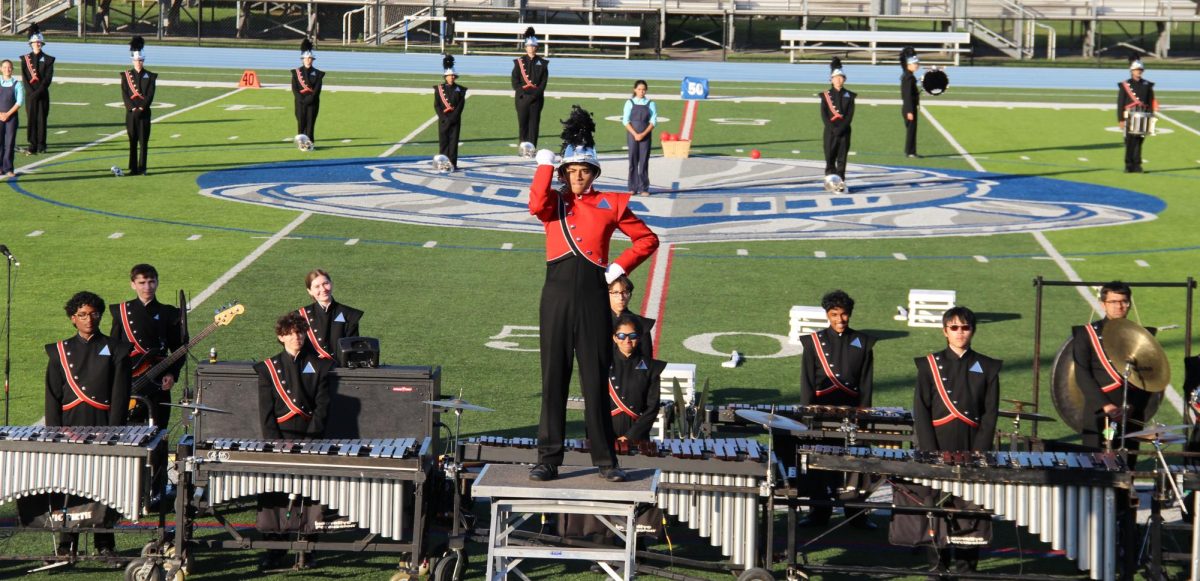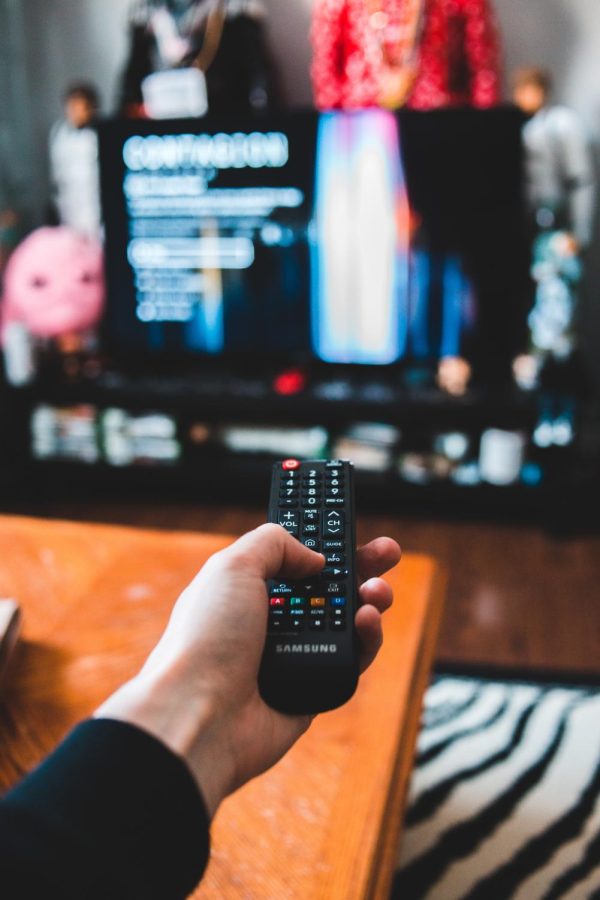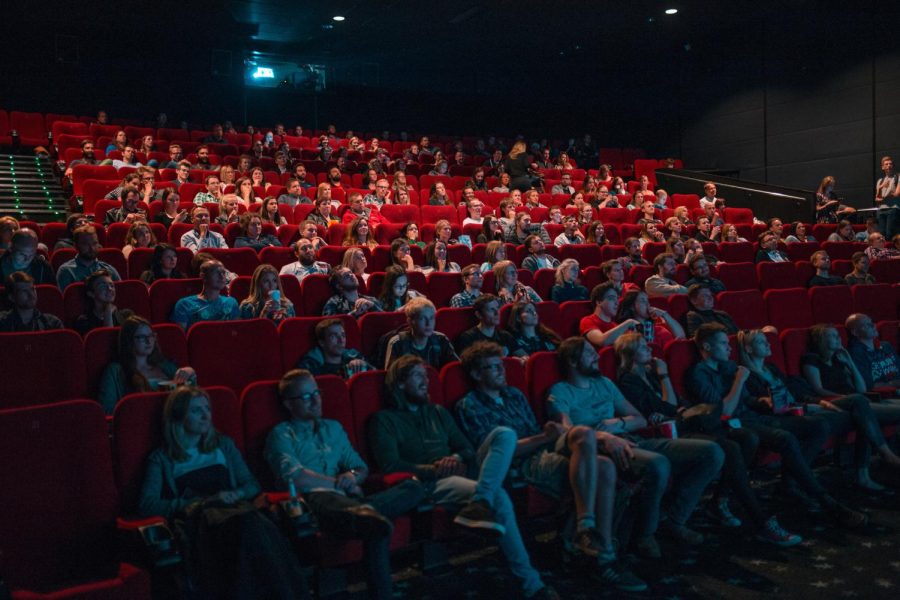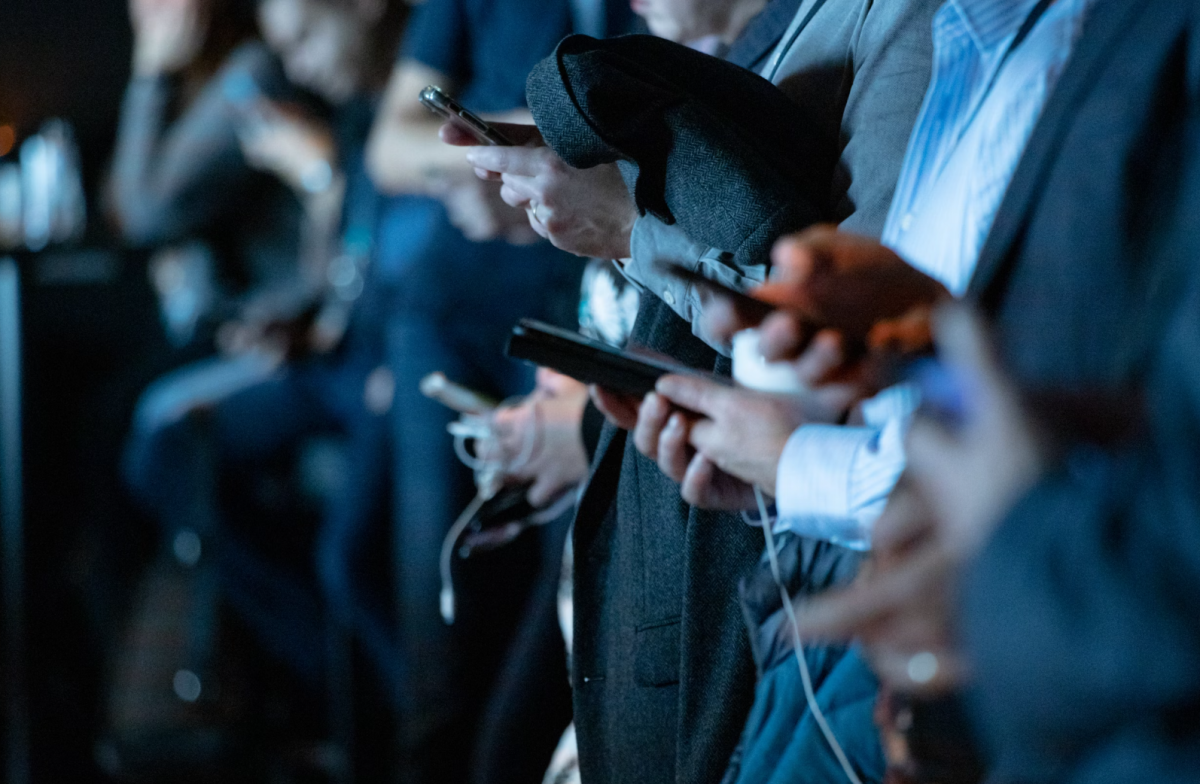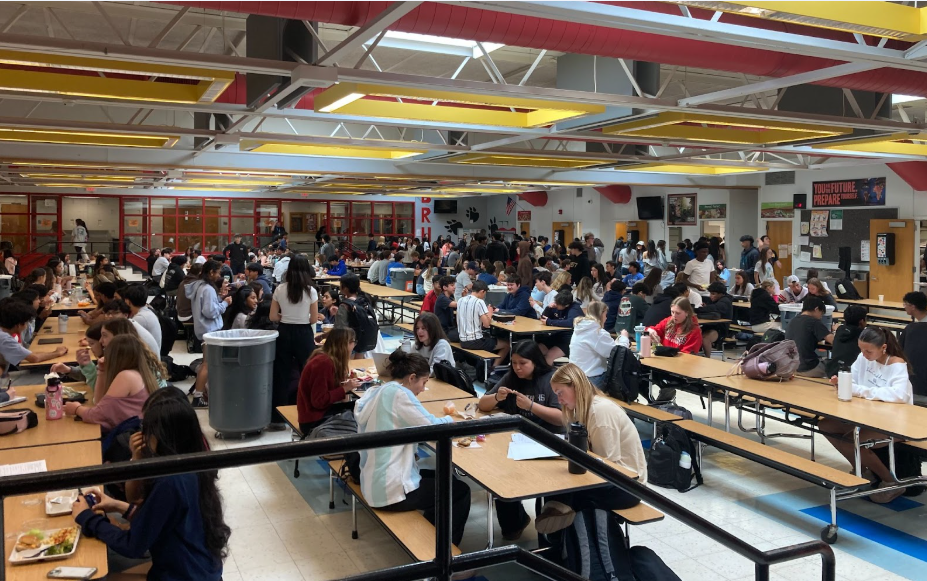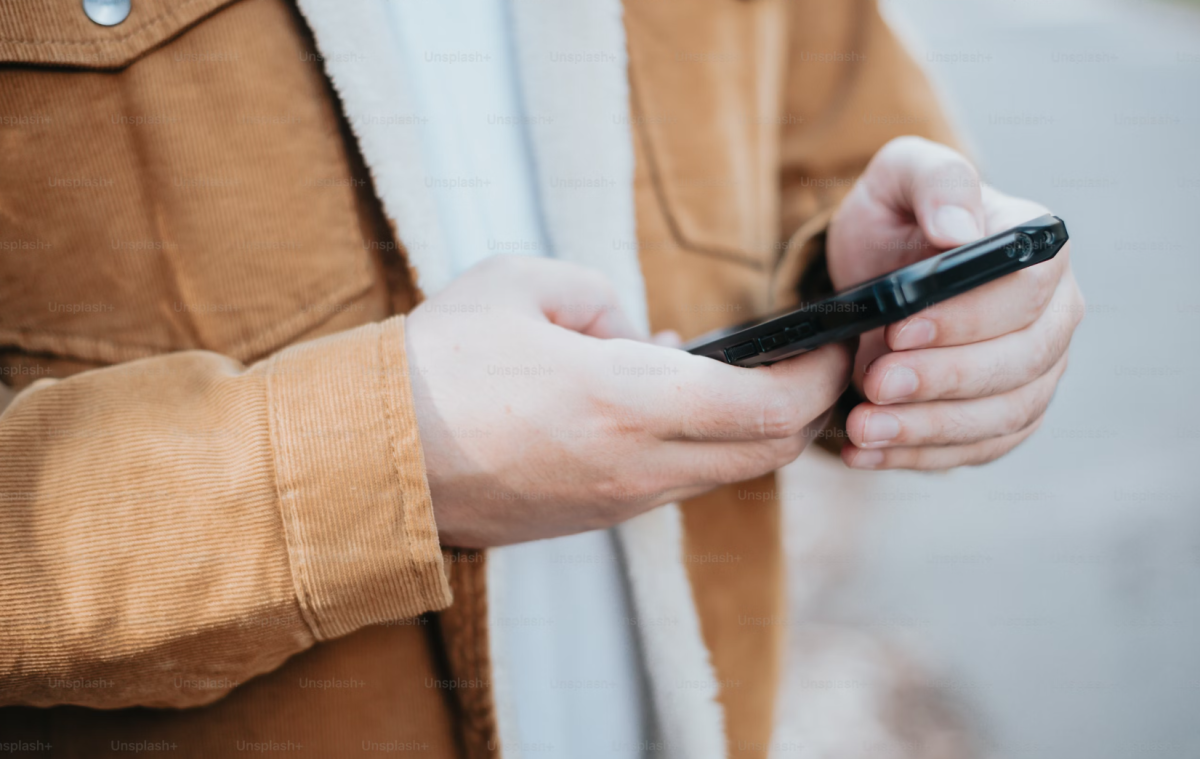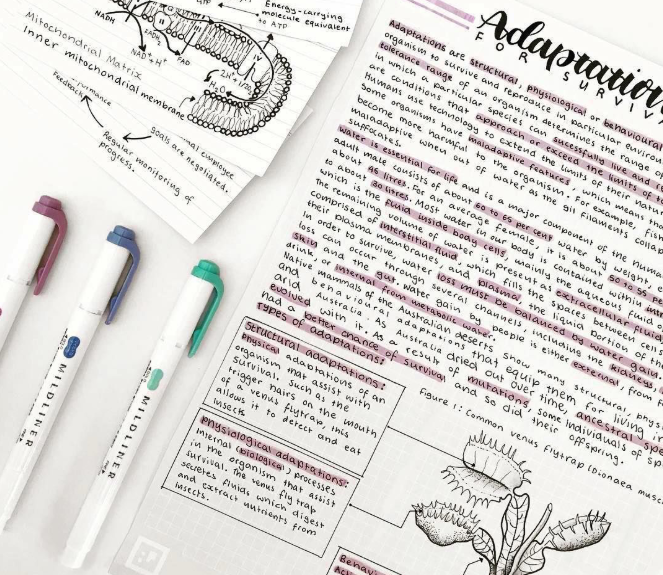Envision a moment in your early childhood, perhaps playing in the park with your friends or eating a decadent ice cream sundae during a seemingly endless spring vacation. Now, compare that to your current experiences occupied with social media, high school and other challenges.
Undoubtedly, one of the biggest changes teenagers encounter today is the perception of time.
Reasons Behind A Changed Perception Amongst Teenagers
1. Increase in Social Media Usage
With the rise of technology and the integration of digital tools for social interactions, social media has expectedly followed the same trajectory.
According to the National Library of Medicine, “Up to 95% of youth ages 13–17 report using a social media platform.” This list includes YouTube, Instagram, TikTok, Snapchat, Facebook and many others.
The reason behind both its addictiveness and alteration of time stems from a release of dopamine bursts, instant gratification for scrolling. However, due to the lack of engagement required for these platforms, teenagers experience reduced concentration and mindfulness of the present. In addition, it introduces routine actions, transitioning into the next factor behind the changed time perception.
2. Routine Information Processing
Teenage years lie heavily in contrast to childhood, which consists predominantly of new, unfamiliar experiences, such as learning to ride a bike or play an instrument.
Rather than facing new experiences, teenagers frequently develop subconscious routines, learned from repetitive actions in the past. This results in minimal active engagement, thus dropping dopamine levels and speeding up time.
3. Stress and Nervousness
In addition to social media usage and routine information processing, stress is a major propelling factor shaping teenagers’ illusion of time.
When exposed to stress, it is often difficult to truly embrace the present moment, but rather to be concerned about the future.
Bridgewater-Raritan High School freshman Adit Sinha commented their thoughts.
“A time I was stressed was during auditions for CJMEA Region band, in a silent environment with a few judges facing away. My heart and thoughts were racing, and at that moment, the stress caused a surge of negative emotions,” Adit said.
Solutions to this Issue
Although difficult with the increased requirement for technology usage, teenagers should attempt to use social media periodically. This includes setting breaks and strict time limits, in addition to consuming longer content, including literature or podcasts.
Alternatively, teenagers may implement minor negative consequences when consuming short-form content. Examples include short exercises or screen popups between content. These minor punishments disrupt the continuous cycle of scrolling through pain or discomfort, forcing the user to gain awareness.
Moreover, taking short meditation breaks, exercising and spending time with family or friends is crucial to avoid stress overload. In addition, trying new activities or experiences increases active engagement and presence.
Looking Ahead
As the perception of time continues to shift for teenagers today, breaking free from its psychological grip requires deliberate efforts and habits. These include regulating social media usage, attempting new experiences and reducing stress. Through these measures, teenagers can prioritize the present and slow down the clock.

